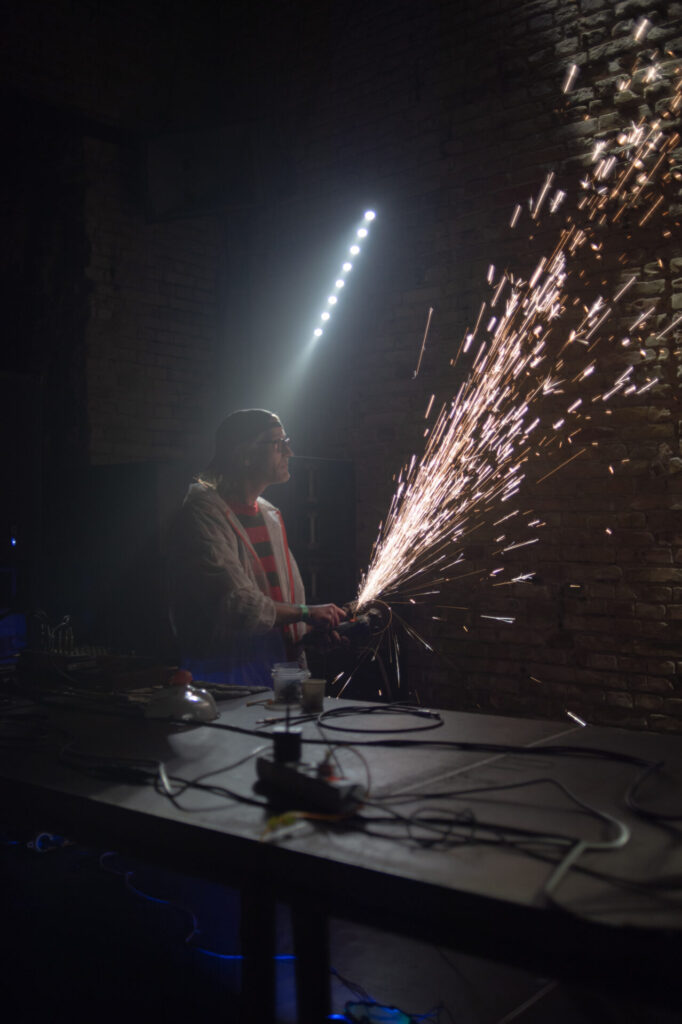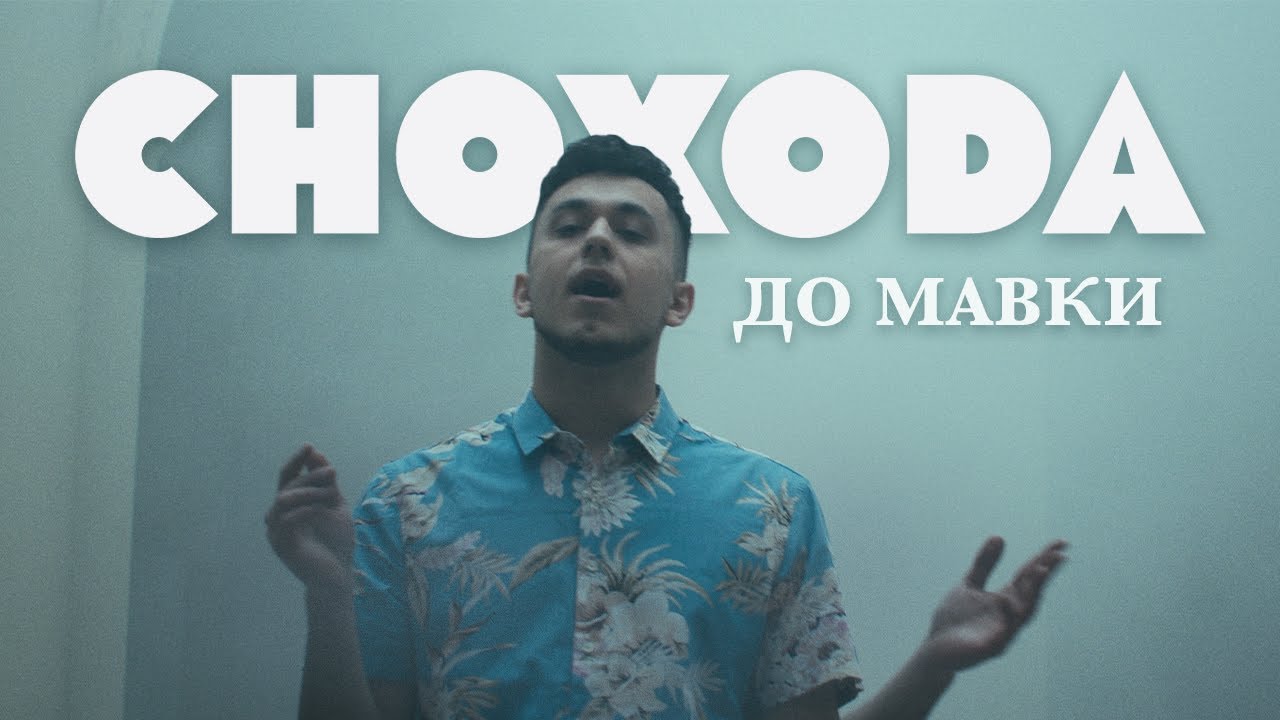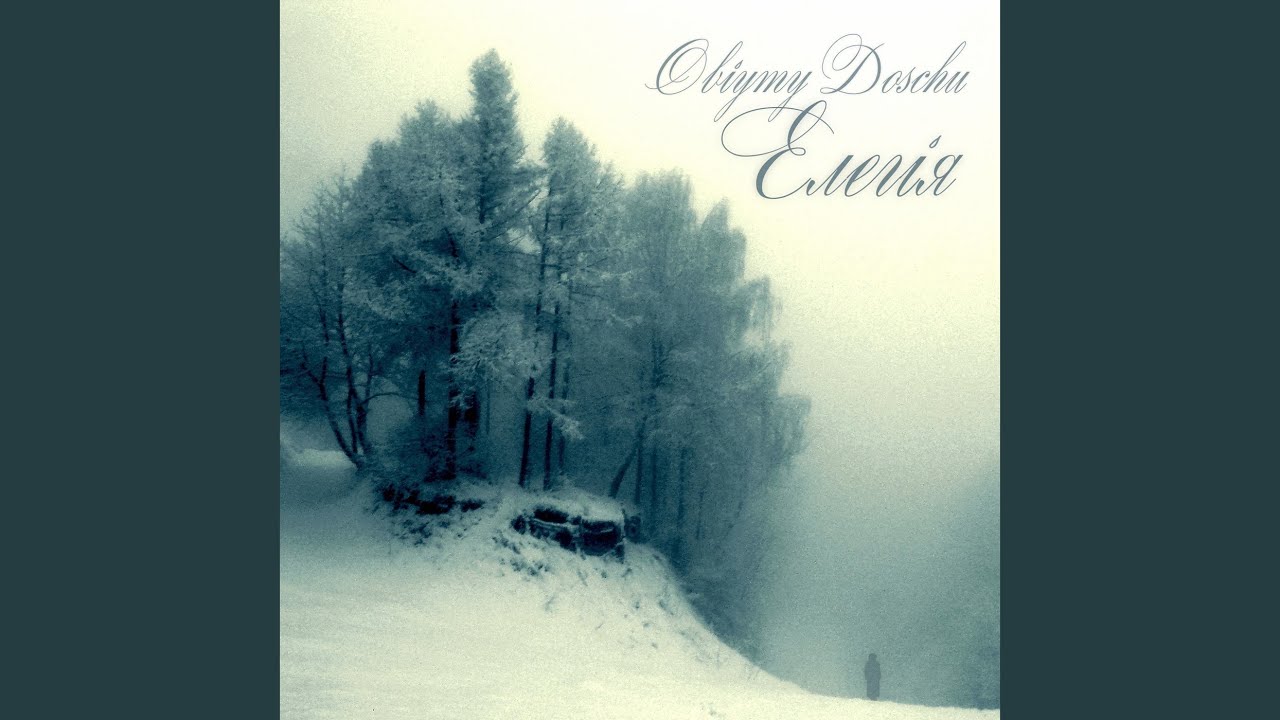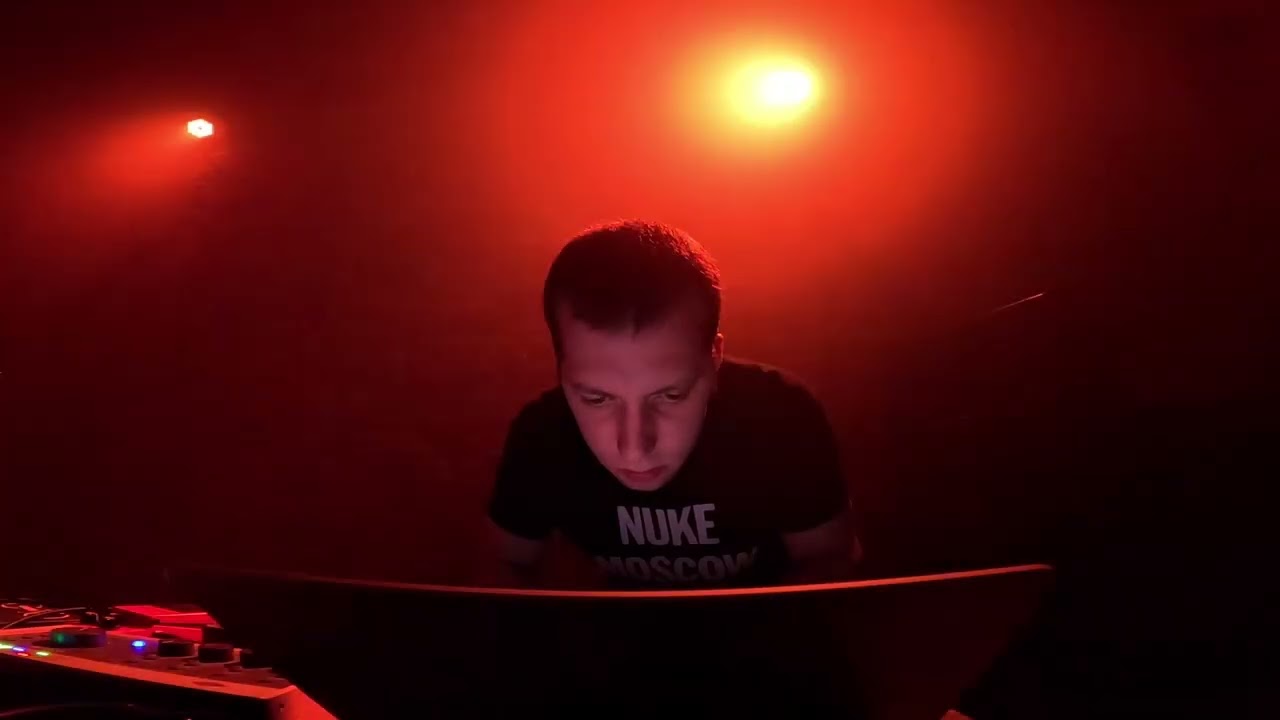This is part two of a piece where I invited a co-author, my Neformat colleague Kseniia Yanus. Kseniia is a musician and a journalist and works in the influential Otelʼ club. She and her husband previously ran a small music label; currently, the couple put all their energies into developing the Ukrainian noise scene.
This is part two of a piece (part one here) where we look at other music players, like DIY radio stations, small event series, or music schools. All form vibrant communities around themselves and offer friendship and support to new music talents. Some of these players could become a new basis for the modern Ukrainian music infrastructure.
Friendly networking, not rivalry
Ukrainian music communities are not limited to Kyiv. Ira Lobanok and Dara Vinarska decided to launch the Porichka music community in Lviv back in December 2022, when it seemed that culture was taking a back seat in Ukraine. Both wanted to inspire and give a safe space for musicians and music managers, helping preserve their creativity. Vinarska and Lobanok have a clear goal; “Our mission is to provide artists with the tools and skills that will allow them to develop in the music industry – and influence the market in Ukraine.”
(A quick note here: the name Vinarska and Lobanok settled on, porichka, is a truly Ukrainian word with no russian associations. It means redcurrant, which the pair were eating whilst they were thinking of what to call the project. They noticed how the berries held tightly to the branch; a metaphor for what they wanted from a community. “If we work together, we form the whole plant, we are the one,” claims Lobanok.)
Since then the community has expanded organically, through offline Porichka events, networking, lectures, discussions and free mic nights. These meetings are aimed at strengthening connections: Porichka tries to make most of their events free, because as an NGO, they want to make knowledge and opportunities more accessible. For example synth pop artist Snokhoda met a clip maker for his first video at a Porichka event.
The music industry is sometimes competitive here, and it is easy for musicians to start up a rivalry with each other, often through not sharing information or experience. To counter this, Porichka tries to support budding musicians and provides them with a platform for live performances, which is why they sometimes organise free mic nights in Lviv and Kyiv. There is no artist selection at these types of events, and the girls only make sure that participants understand the event format – which is fairly new for Ukraine – and also have access to all the technical resources.
Volodymyr Agafonkin, vocalist at the band Обійми Дощу (Obiymy Doschu), is an active participant at many of the networking events aimed at musicians in Kyiv. He attended Neformat’s conference, Neformat Music Unity for example, as part of his quest to get his band heard. This can be hard in his case, as prog metal often requires a “prepared” listener. Lobanok and Vinarska are not sure if it was their event that gave the boost to Agafonkin’s band, but it definitely helped: “Obiymy Doschu has existed for more than a decade, but wasn’t active recently. They performed at our free mic night and became active members of our community, where they gained a sense of kinship and support from like-minded people. And this year, the band plans to release an album. They also took part in one of the largest Ukrainian festivals, Atlas Weekend.”
Through their activities, Porichka tries to show their peers that sharing information is necessary, because it is easier to solve problems and change the market together. My co-author Kseniia Yanus says she got to know the Porichka community at a networking event, and after that started attending almost all their events in Kyiv, where she met other music workers and exchanged experiences. The community uses a Telegram channel, where one can always ask for advice or share their experiences. Vinarska and Lobanok: “At our events and when moderating chats, we make sure that communication between musicians is non-toxic, so that every member of the community feel themselves in a safe space.”
Finally, Porichka, like other music communities, understands the importance of international cooperation. During 2024, they joined the European Association of Music Managers, to represent the interests of Ukrainian music managers abroad.
The Ukrainian Institute
An important cultural institution, the Ukrainian Institute, was founded back in 2017. The institution may not be at the cutting edge of all music culture, but it helps export established names and seems to be getting a second wind these past few years.
Porichka cofounder Ira Lobanok also works here, in the role of Mainstream Music Programme Manager and explains the UI’s recent re-emergence as a result of the “undeniable importance of cultural diplomacy, which has become even more evident in times of war.”
The Ukrainian Institute website claims the project mission as “strengthening the international and inner subjectivity of Ukraine by means of cultural diplomacy.” Before the war this was seen in music-orientated programs like their Music Catalogue, showcasing Ukraine’s best musicians to key agents worldwide. The most recent UI projects include EXTRA SOUND or UA at WOMEX helping represent our country at music showcases abroad.
The Ukrainian Institute is not just funded by the state. In fact, it gets more money from international grants, gaining more creative freedom from the bureaucracy found at similar cultural institutions. But at the same time being a state institution gives UI more perks, and possibilities, than a typical NGO could get. Ira Lobanok: “When I see a need for some sectoral intervention, but the Ukrainian Institute can’t offer assistance due to certain state structure limitations, that’s when creativity is required. Maybe things can be solved by applying for a grant or finding a creative partner? It is difficult for me to accept ‘not possible’ as the answer, because with creative activity nothing is really impossible. In general, there is a great desire to unite and strengthen each other with other sector representatives.”
Though Lobanok also adds that being an expert in everything music-related is impossible and, for her, being open to consultations, recommendations, and advice from other sectoral representatives is crucial.
As mentioned in previous articles, planning is not the most popular thing to do in Ukraine right now, but the UI’s ambitions are to develop further. This summer the UI had a strategic session involving representatives of the music sector, where they discussed goals and objectives for 2025-2029. The institution has also opened representative offices in Germany and France, and will not stop with these countries.
Noise Every Wednesday
The Ukrainian Institute is open-minded towards many different genres, far exceeding the typical state focus on folk, pop and classical music. The Institute hasn’t got round to noise yet, though. But my co-author Kseniia Yanus, together with her husband Vadym have. The couple actively work on developing the growth of this experimental music in the capital, mainly at the Nyzhnoyurkivska (see article one). Kseniia: “weIn the spring of 2023, my husband and I moved to Kyiv, and we started working in the Otel` club. Within a few months, we felt that there were not enough events dedicated to experimental noise in Kyiv, whilst there are a surprising number of artists who play it. That’s how the idea to launch the Нойз Щосереди project (Noise Every Wednesday) project came about.”
Wednesday, as one can imagine, is not the most popular day for live music, but Vadym and Kseniia took the challenge and now their Wednesday events often gather hundreds of people. The couple started testing this idea back in July 2023, holding micro-events every Wednesday. After six test parties, it was obvious that the project worked. Noise fans attended in numbers and Kseniia got to know future artists, for example, Konstantin Poveda, Brainhack Musicbox and Vlad Suppish.
After a small break, they came back with a fully formed idea – to develop the Kyiv noise scene and make it an important part of the Ukrainian musical landscape.
Every Wednesday at Otel`, from November 2023 onwards, the couple gathers about three experimental artists or arranges showcases of friendly formations (e.g. Soundbox, rdcl sound). Since the beginning of the project, more than sixty unique artists have played there, including Ukrainian noise pioneers Ereh Saw, and ambient pioneers like Igor Yalivec, as well as debutants, such as Keser One. Line-ups often combine musicians with an academic background, or amateurs. The setups are also different; you can get modular sets from module manufacturers (such as Konstantin Poveda and his Crazy Chiken), as well as electro acoustic performances on prepared instruments, for example, Khrystyna Kirik.
Kseniia and Vadym soon realised that the idea was working when they noticed that many of the noise artists they were booking began to appear more often in other clubs’ line-ups and at large festivals such as Брудний Пес (Dirty Dog).’ In fact, Noise Every Wednesday became a career booster for many, and not just as musicians. One of the artists, myk., decided to try out as a lighting engineer there, and within a few months it became his main job. He created light shows for Schema Daytime, one of the stages of Atlas Weekend, the concerts of Kurs Valut, The Unsleeping, and other large events.
The couple are justifiably proud. Kseniia again: “For more than half a year, we have been building a horizontal community where a visitor to an event can become an artist at the next one. We aim to provide a platform for artistic expression to as many artists from various niches as possible.” Understanding that artists’ sets are mainly improvisational, the couple decided to create a live video archive of the project on Youtube. So now even those abroad can get a feel of the modern Ukrainian noise scene.
Conclusion
While developing a solo career is definitely possible in the modern digital era, there is still definitely a place for people to gather and learn, play music, combine experiences, talk and share information. New and old music groups are interconnected, the same people move from the NGO sector to the state level and back. More and more genres merge together. These developments, and many more, almost invisible but sizable threads, connect the modern Ukrainian music industry. And this gives us hope that despite all the threats, our music culture will fight to become successful and, hopefully, bring money to creators together with more stability and possibilities.





